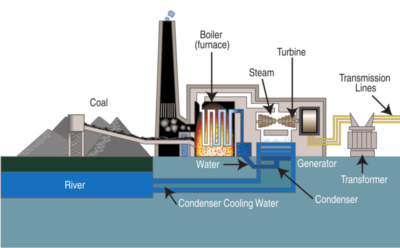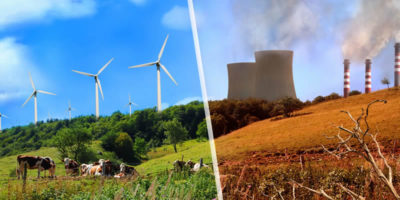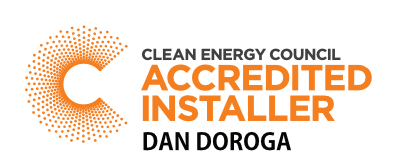

You always hear a lot of talk about renewable energy and non-renewable energy and the push for cleaner, more sustainable energy. We wanna try and give you all the information you should know about both of these energy sources(the good and bad) so you can make smarter investments when it comes to your energy.
For starters, Australia currently holds the 17th position as an energy consumer globally and in the 2018/19 period, South Australia used 12.5 terawatt hours of electricity alone. Your typical Aussie household will use around 18 kilowatts of electricity every single day. Look at the graph beside to see how your household uses your electricity.
The world’s energy consumption is likely to grow faster than the increase in global population. This is a scary thought and with higher energy consumption means higher rates for energy users and a higher demand in both renewable and non-renewable energy sources.
Both non-renewable energy sources (NES) and renewable energy sources (RES) promote economic growth for developed and non-developed countries. However, with every renewable energy unit installed it creates more jobs in Australia, with roughly around 26,800 Aussies working to create RES systems.
Let’s tackle non-renewable energy sources first. The term non-renewable means that once that source is completely run out, it can’t be replaced in this lifetime. Meaning that all non-renewable sources all over the world have only a very limited supply. Two questions you might be thinking are, ‘how limited are they?’ And ‘what is a non-renewable source?’ To answer your first question, there is enough coal (our main non-renewable source) in Australia to last us around 125 years. Which does sound like a long time however every single year our energy usage goes up an insane amount and those 125 years will be cut down significantly. To answer the second question, non-renewable energy sources typically come from fossil fuels:
Fossil fuels are fuel types that are found underneath the Earth’s surface and are formed by natural materials, typically from decayed plants and animals. Over thousands of years these particles form into useful fuels and can be used to make many different materials.
Types of Fossil fuels
Fossil fuels create lots of emissions and air pollution throughout the extracting and generating process. This can obviously be harmful to our earth as both emissions and general air pollution create holes in our ozone layer, which protects us from intense sun exposure.
Types emissions
Greenhouse gases
Particulate
Chemical Waste
Emissions in the air can also be extremely dangerous to humans as they can create a magnitude of frightening things like; smog, acid rain and reduced atmospheric visibility, But we won’t go into that today!
The good
The bad
Right off the bat, the worst part of non-renewables is the massive impact they have on the environment. This includes: air pollution, rising sea levels, habitat loss.
Coal is also the largest producer of mercury emissions in the world! The mercury then settles to organisms living on the Earth and can be digested by humans (high traces are found in fish). If we digest too much mercury it can cause serious health issues which can impact your digestive, nervous and immune system.
Coal has many damaging effects on the great Australian landscape such as:
Coal combustion is the process where heat is generated to produce steam. That steam then flows into a turbine which then generates electricity. (see demo below)

Emissions from coal combustion
Renewable energy
Renewable energy is energy that has a never ending supply meaning that they are constantly replenished. Renewables come from natural, recurring elements such as:
Solar – energy that comes from the sun
Wind – generated by wind turbines the largest clean energy provider in Australia
Water – also known as hydropower, relies on fast moving water (from either a river or rapidly descending water flow) the force of the water then spins a turbine blade thus generating electricity
Biomass – organic energy that comes from waste such as plants, animals and waste wood
Geothermal – drilling into the earth’s core to generate heat to create electricity
The good
Environmental Upgrade Finance (EUF)
This agreement allows South Australian homeowners the opportunity to borrow money from the Government to help pay for their solar systems, this loan gets added to your local council land rates.
Australia’s Renewable Energy Target
The bad
There is absolutely no question as to whether or not the World needs to transition to renewable energy, the fact is we do, sooner rather than later. Make the change today and inquire about the cost of your every own solar system.


Enerco/Dan the Solar Man (formerly SA Regional Solar) has a solid team of industry professionals and technical staff.
We believe that our people are the most important asset and invest continuously in their development.
Our customers benefit from our knowledge and experience, enabling us to create win-win outcomes all around.
When you deal with Dan the Solar Man or Enerco Pty Ltd you'll be talking to an expert.